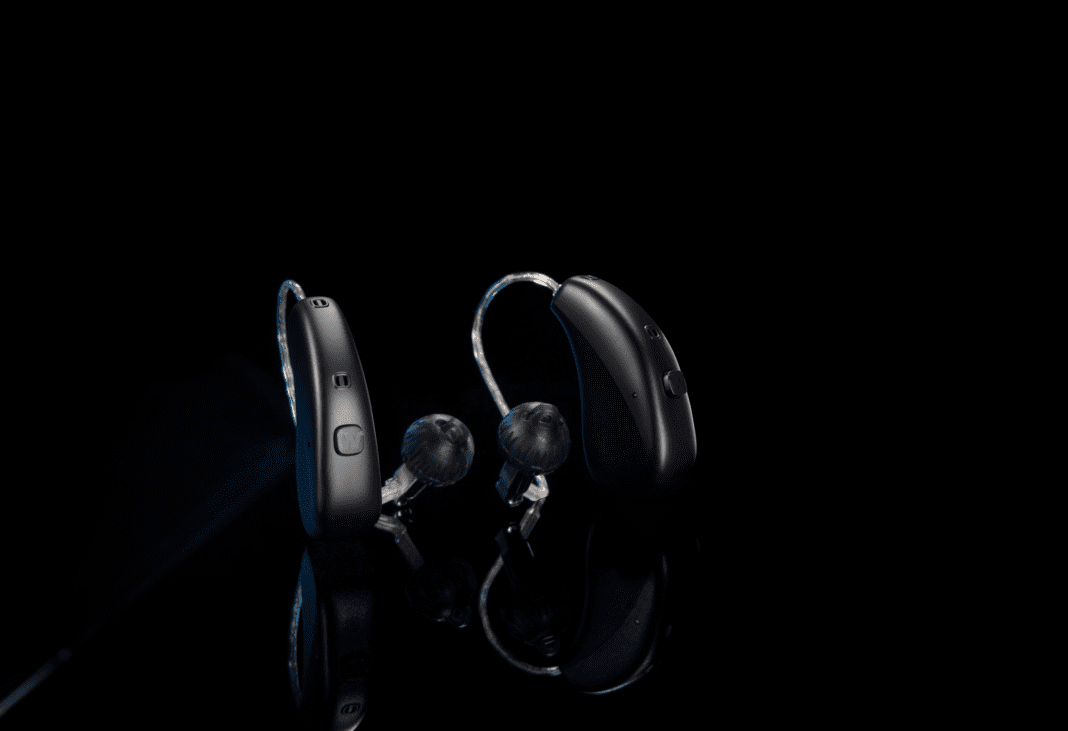February 2, 2021
Widex PureSound technology, available for the first time in its new flagship WIDEX MOMENT™ hearing aids, features two distinct signal processing pathways — a “classic” version and a new ZeroDelay™ Accelerator pathway that dramatically changes how hearing aids sound.
“Sound quality and the ‘naturalness’ of sound remain among the most-cited reasons people don’t pursue hearing assistance, despite the great strides in hearing aid innovation made over the last decades,” said Widex Head of Audiology Lise Henningsen. “When hearing aids went digital, drastic improvements in noise reduction and advanced signal processing came at a price, but Widex has figured out how to overcome it.”
Taking an analog sound wave, converting it to a digital signal, processing it, then re-converting into a sound wave takes anywhere from 4 to 8 milliseconds. Studies have shown that a processing delay of that length can adversely affect sound quality, especially if processed sound and unprocessed sound mix in the ear canal of a hearing aid user, creating what is called a comb filter effect.
“When that happens, the perceived quality of the user’s own voice becomes tinny and artificial,” Henningsen said. “Environmental sounds come out distorted and unusual and, overall, the resulting sound becomes strenuous to listen to over time.”
The new Widex ZeroDelay Accelerator reduces the processing delay in WIDEX MOMENT hearing aids to below 0.5 milliseconds — a remarkable technological feat considering Widex already leads the industry with the lowest system delay through its “classic” processing pathway. The company’s unique, legacy time domain filter bank, 32kHz sampling rate, and 16kHz digital bandwidth create very high-fidelity sound across its family of hearing aids, with a processing delay under 3 milliseconds.
For the second, accelerated pathway in Widex PureSound-based hearing aids, signal processing is adapted to the ZeroDelay design to deliver the purest sound quality. Core functions, such as acoustics stability, adaptive gain control, and enhanced signal-to-noise ratio, continue to take priority, while others are modified for the faster ZeroDelay pathway. The two pathways — ZeroDelay and “classic” — exist side-by-side on the Widex PureSound platform. Depending on the needs of the wearer, a hearing care professional can program one or the other as the default mode. From there, the PureSound platform is adaptable to each user’s situation and preferred hearing experience.
“The wearer of hearing aids with the two distinct pathways can switch between them based on where they are and what they want to hear, thereby enjoying far greater sound quality and a more natural experience in most situations,” said Henningsen. Other information here.

